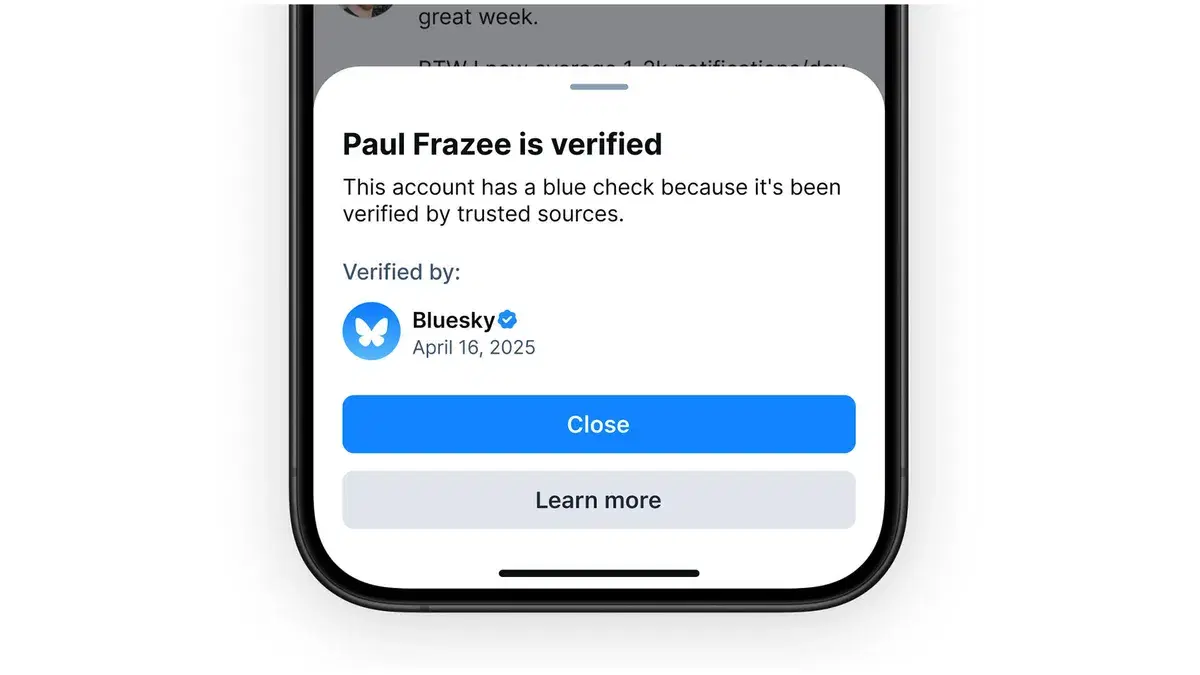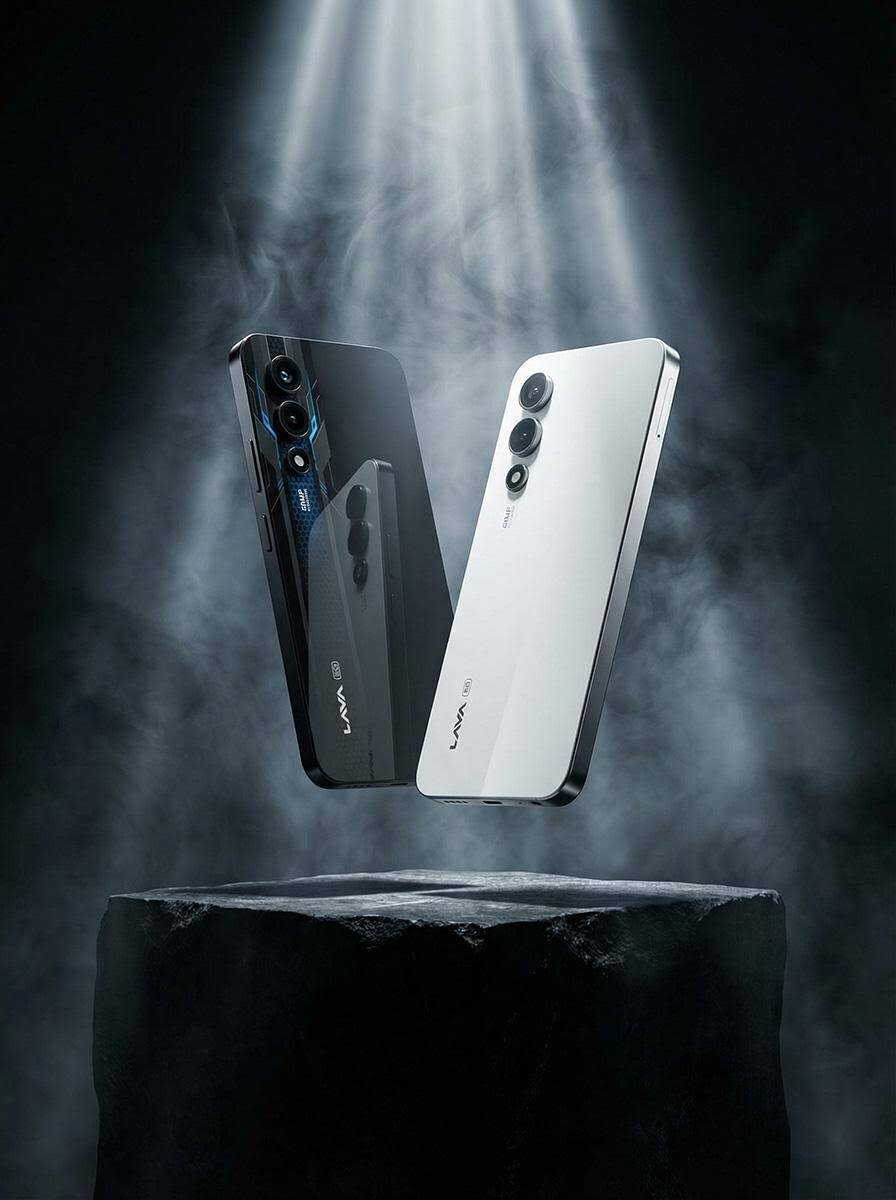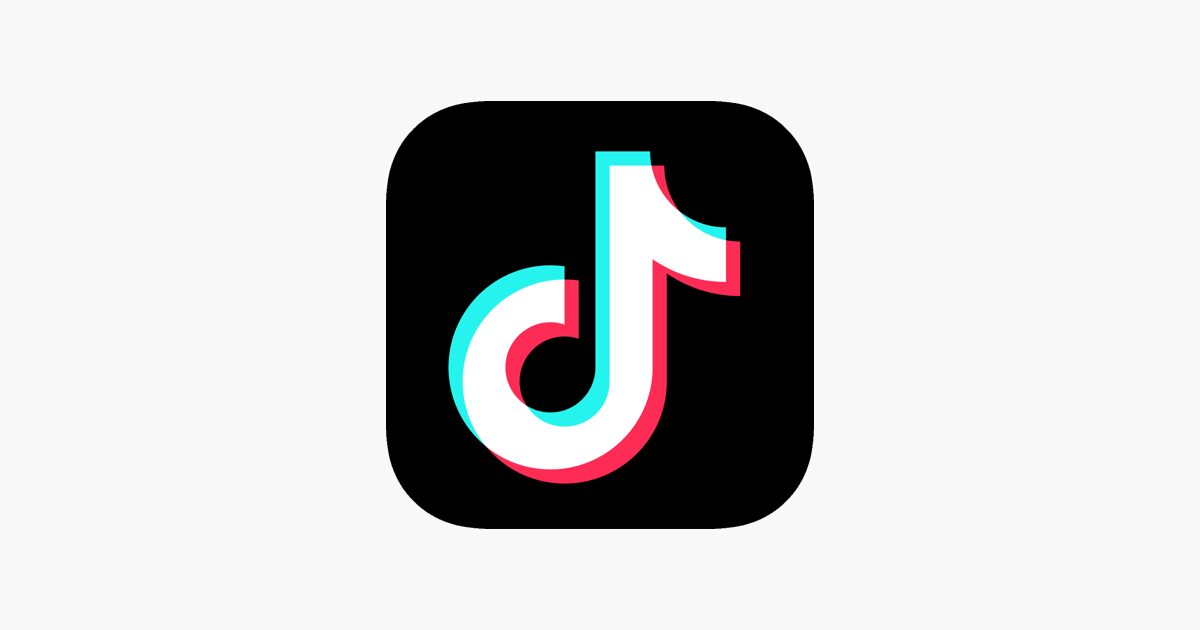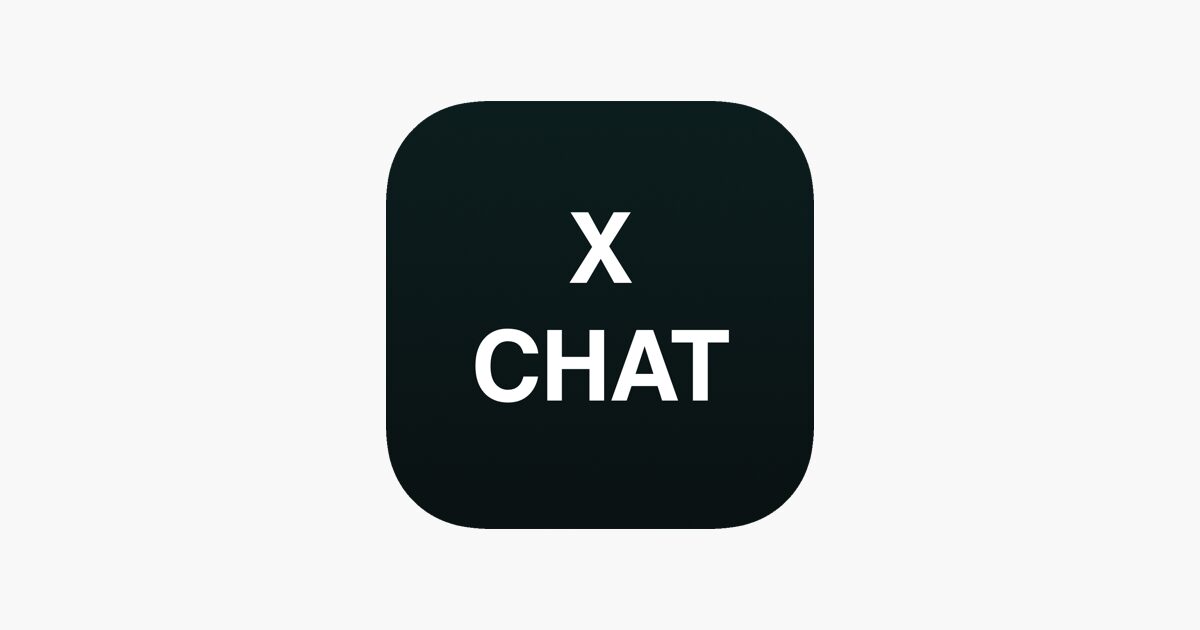Blue ticks: Bluesky launches verification system with no paid subscriptions

Amid chaotic changes at X (formerly Twitter), alternative platform Bluesky is rolling out a new verification system that brings back the familiar old-school blue checkmark to users – but without the option to buy it for money.
There are now two ways for Bluesky users to authenticate their account. Starting April 21, the platform began showing blue verification icons next to names – much like Twitter before it was bought by Ilon Musk.
The official Bluesky blog says the team will self-authenticate known and reputable accounts by manually adding an icon to them – a smooth blue checkmark in the shape of a circle. Exactly who will be on this list has not yet been revealed. However, it is known that more than 270,000 users have already set their own domains as names, which was previously considered the only way to verify.
The platform is not yet accepting applications from users – the option to submit a verification request will be available later, once the new system is fully rolled out.
Trusted organizations will be able to verify others
A feature of the new verification scheme will be the ability of trusted organizations to tick off other users. For example, if The New York Times is verified as a trusted entity, it will be able to verify its journalists and a blue checkmark will appear next to their name.
To ensure transparency, it will be possible to click on the icon and see exactly who issued the verification. Verifications from trusted companies will be visually distinguished: unlike round checkmarks, they will have a wavy-edged shape.
At the same time, verifications from trusted companies will be visually distinguished.
The new system has already started working – verification icons are slowly appearing in the Bluesky app. And for those who prefer minimalism or don’t want to participate in this system, you can disable the icons in the settings: Settings > Moderation > Verification Settings > Hide verification badges.







